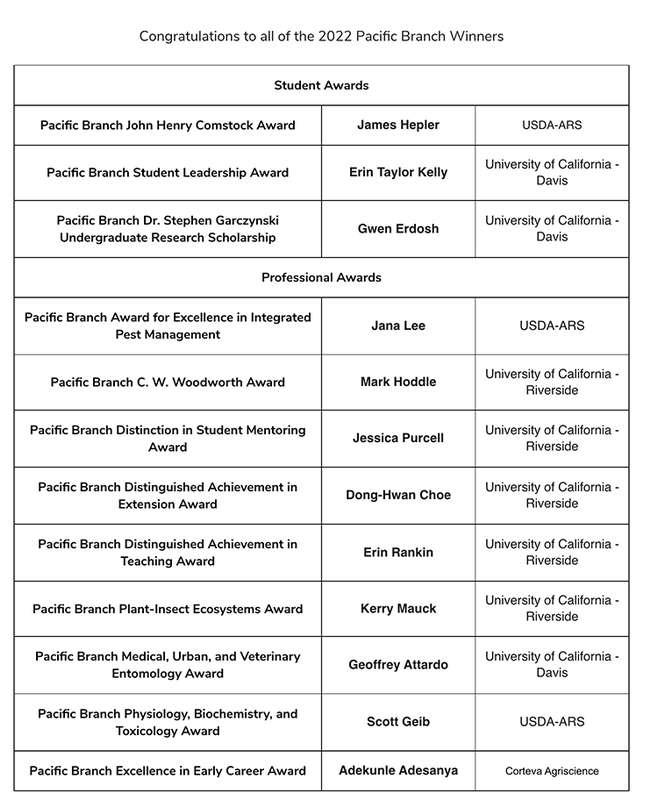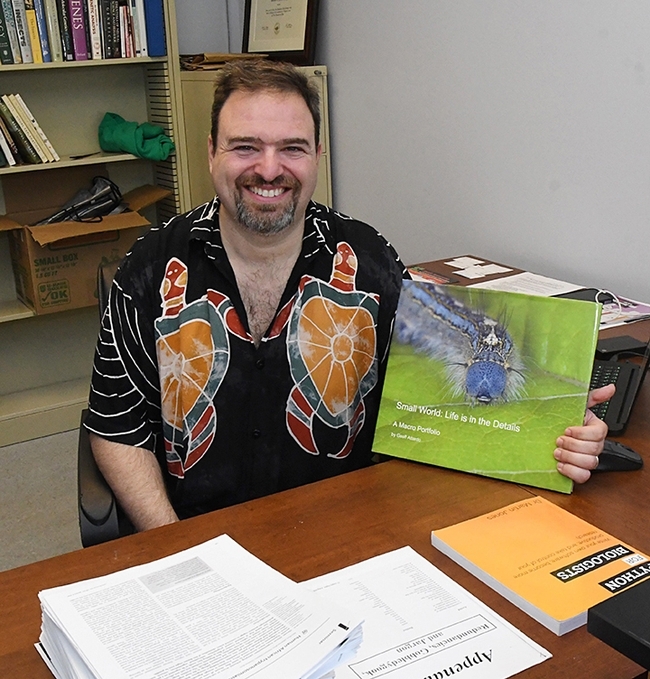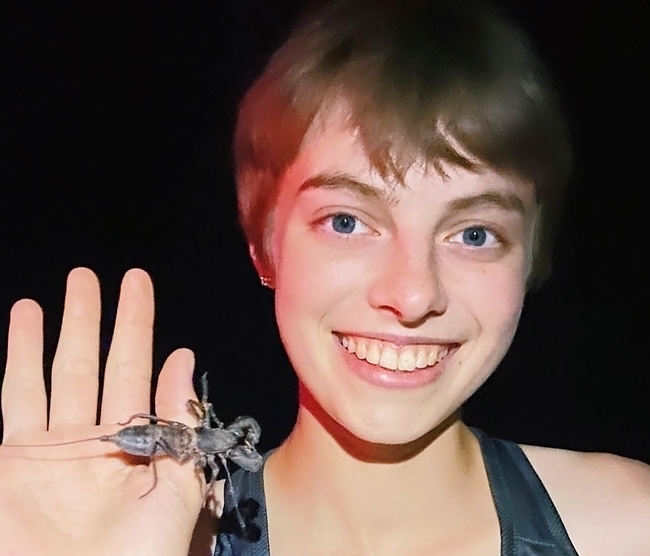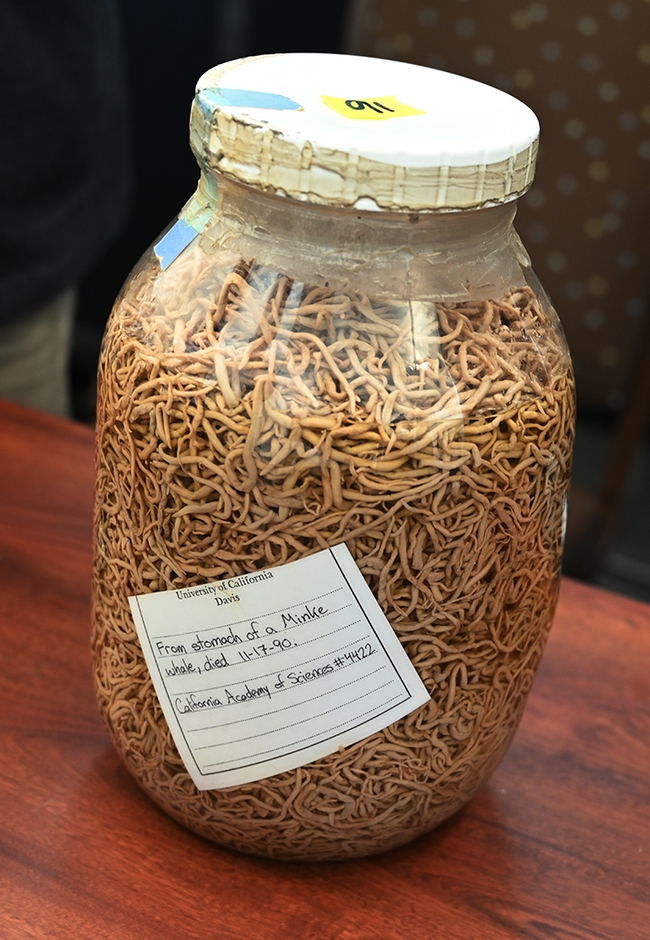- Author: Kathy Keatley Garvey
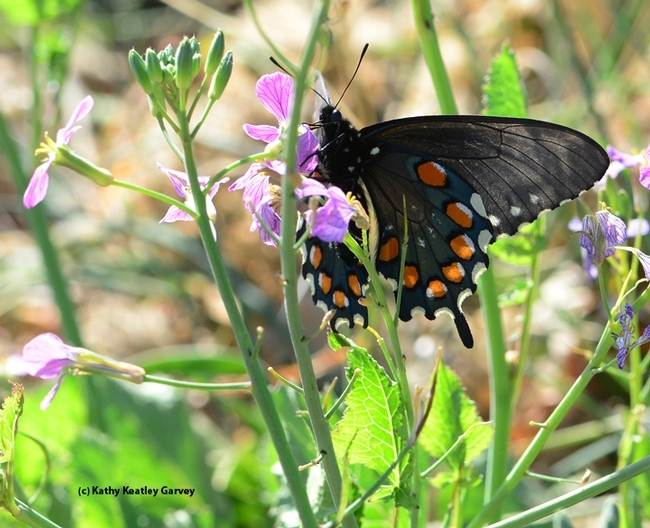
That's the day we're encouraged to "to look for a blur of color as butterflies begin migrating across the country. Each year the celebration brings with it an awareness of the varieties of butterflies and their importance to our survival. Spring and summer are just right around the corner, so it is an excellent time to take a few minutes and learn something new about butterflies and appreciate their beauty."--National Learn About Butterflies Day.
Enter butterfly guru Art Shapiro, UC Davis distinguished professor of evolution and ecology, who has monitored butterfly populations of central California since 1972 and maintains a one-of-a-kind research website, Art's Butterfly World.
He's often interviewed on "Learn About Butterflies Day." Yesterday he granted an interview to a Sacramento television station. And back in 2020, the California Department of Fish and Wildlife interviewed him. The Los Angeles Times spotlighted him in November 2019.
The North American Butterfly Monitoring Network (NABA) website praises his work: "Art Shapiro began monitoring 10 transects in 1972 and has been conducting bi-weekly monitoring of those sites ever since. He also monitors an additional site as part of NABA's Seasonal Count Program! Art's program is the longest continually running butterfly monitoring project in the world, predating even the British Butterfly Monitoring Scheme."
Shapiro's fixed routes at ten sites range from the Sacramento River delta, through the Sacramento Valley and Sierra Nevada mountains, and to the high desert of the western Great Basin. "The sites," he says, "represent the great biological, geological, and climatological diversity of central California."
Latest statistics on his website indicate that by the end of 2006, he had logged 5476 site-visits and tallied approximately 83,000 individual records of 159 butterfly species and subspecies. Note that Shapiro does not drive a vehicle. His main mode of transportation is walking. For instance, he buses from Davis to Vacaville, and walks from the bus station up Gates Canyon Road to his monitoring site and back.
How many total miles has he walked since 1972?
Shapiro replied: "Since 1988, when all ten sites were firmly established, if an average site visit is 4 miles and I do an average of 225 site visits a year, that's 225 x 4 x 33 years=29,700 miles. Of course, if you add in the years 1972-1987, it would be substantially higher. No wonder my feet are made of leather!"
The UC Davis professor estimates he wears out three to four pairs of shoes a year. "Cheapie sneakers, though," he says.
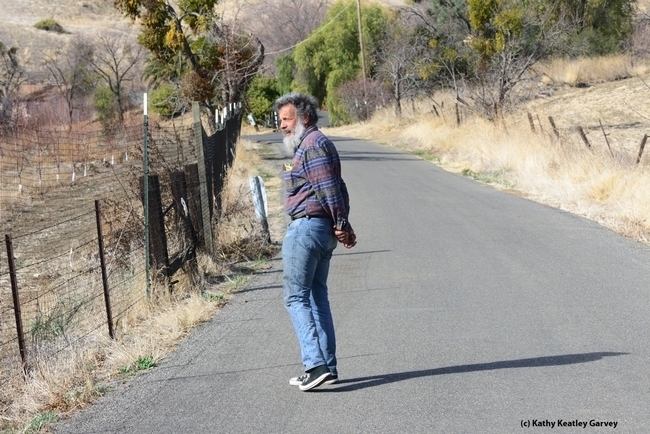
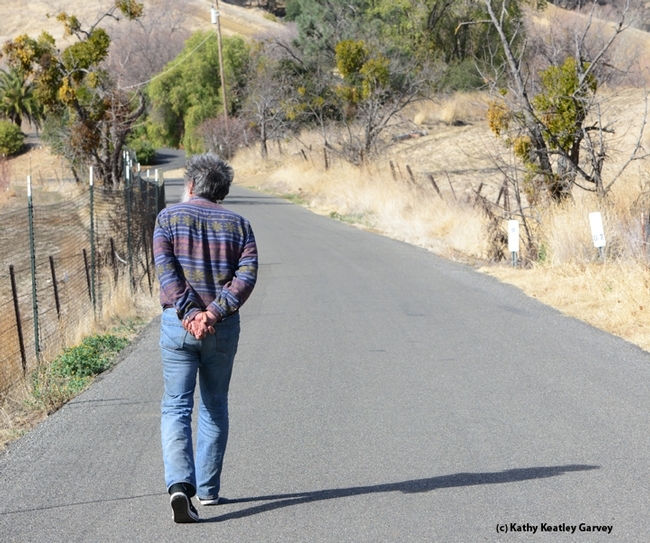
- Author: Kathy Keatley Garvey
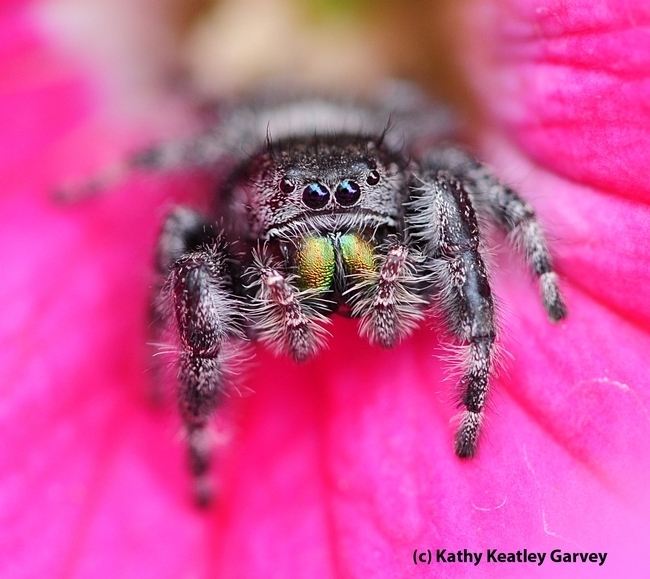
Eating her curds eating and whey
Along came a spider who sat down beside her
And frightened Miss Muffet away
(English nursery rhyme recorded in 1805)
What, Miss Muffet ran away? Obviously, she had no career plans to become an arachnologist or to celebrate "National Save a Spider Day."
Today, you know, is "National Save a Spider Day."
I did not save a spider today.
I did see one, however, on a cactus in our yard, but he/she did not need saving. It was a bold jumping spider, Phidippus audax, which boldly jumped off the cactus when I raced into the house to retrieve my camera.
"National Save a Spider Day" is a good time to remind you that the University of California, Davis, will be the site of the 2022 American Arachnological Society (AAS) convention, set from Sunday, June 26 through Thursday, June 30.
It will be hosted by two UC Davis arachnologists: Jason Bond, the Evert and Marion Schlinger Endowed Chair in Insect Systematics, UC Davis Department of Entomology and Nematology, and associate dean, College of Agricultural and Environmental Sciences; and Joel Ledford, assistant professor of teaching, Department of Plant Biology, College of Biological Sciences. Formal meeting registration will begin Sunday afternoon, June 26, followed by an evening reception. A local daylong field trip is planned for Thursday, June 30. (Pre-register for the meeting here.)
Bond says that in collaboration with the UC Davis Bohart Museum of Entomology and the University of Nebraska, “we will also host a pre-meeting, outreach event, ‘Eight-Legged Encounters' for the Davis community and campus. It's tentatively planned for Saturday, June 25. Those interested in attending should contact Bond at jbond@ucdavis.edu.
Spider Information. The AAS website is a great place to learn about spiders--and to ask questions.
If you want to start learning about common spiders found in California, the UC Statewide Integrated Pest Management Program website provides basic information on black widow spiders, jumping spiders, hobo spiders, common house spiders, and tarantulas, among others. A table, illustrated with photos, lists the common spider families in North America.
The Bohart Museum offers several fact sheets on its website about spiders: Sac spiders, wolf spiders, cellar spiders, recluse spiders/brown recluse, widows and jumping spiders. The Bohart also provides information on spider bites. (Bites? Probably what Miss Muffet "who sat on a tuffet eating her curds and whey" was afraid of? Or maybe she didn't want to share her lunch?)
We've seen spiders NOT sharing their lunch of honey bees, syrphid flies, lady beetles and lygus bugs.
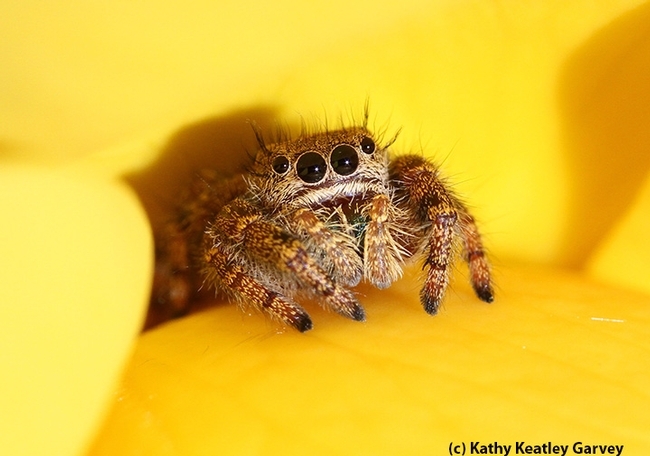

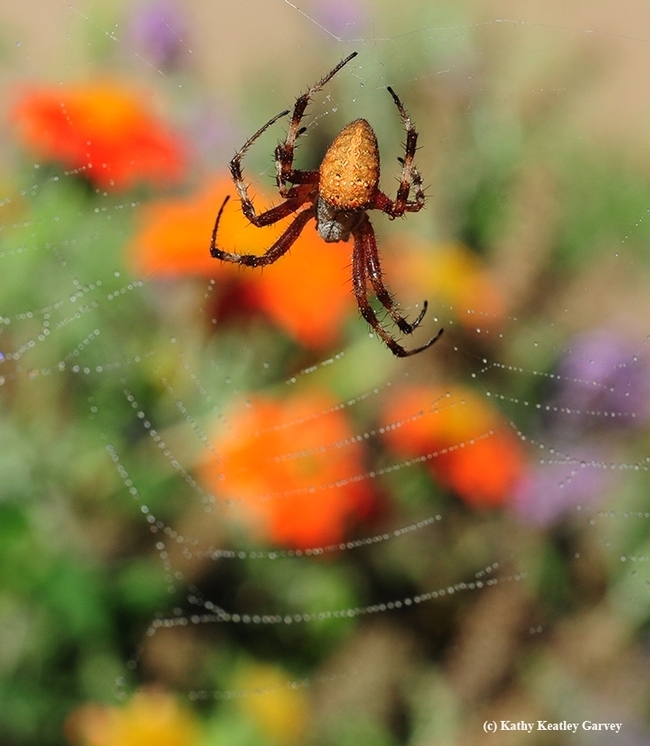
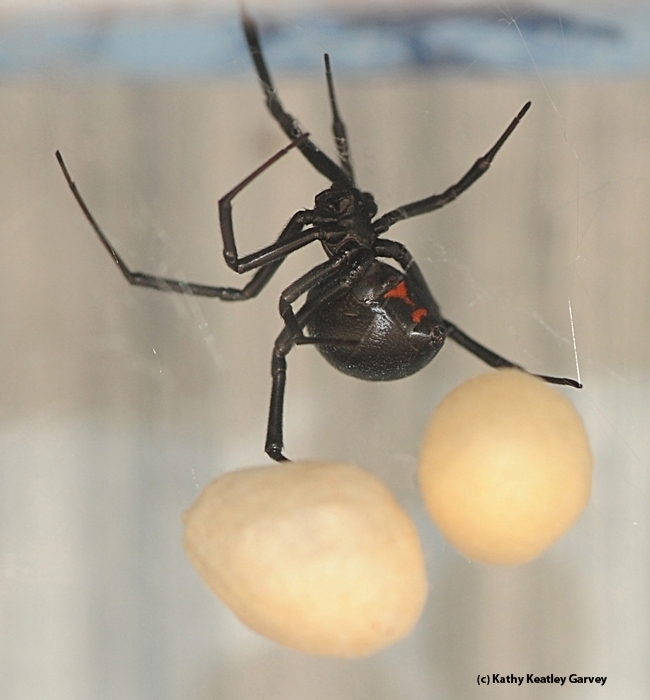
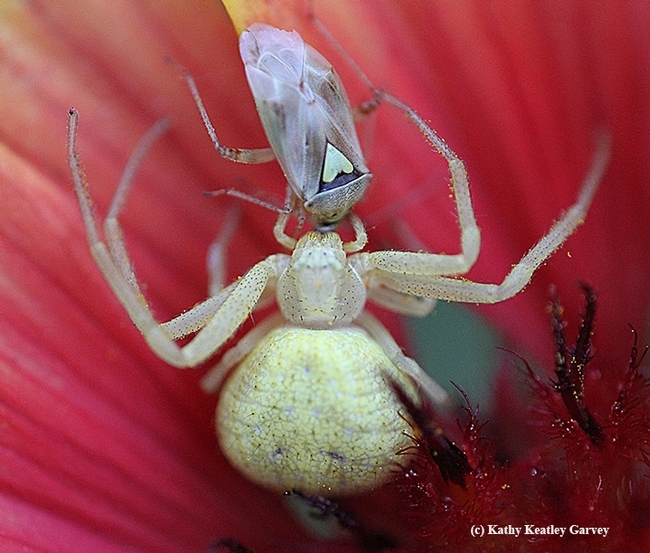

- Author: Kathy Keatley Garvey
The nematode collection featured mostly root-knot nematodes and Ascaris (roundworm) nematodes. The display included:
- What's in the jar?
- Celery infected with root-knot nematodes
- Tree swallow infected with Diplotriaena
- White-tailed deer eye infected with a Thelazia species
- Peach root infected with root-knot nematodes
- Mormon crickets infected with Gordius robustus
- Lettuce infected with root-knot nematodes
- Garlic damaged by Ditylenchus dipsaci
- Horse stomach infected with three parasites: Parascaris (roundworms), tapeworms, and botfly larvae.
- Grape roots infected with root-knot nematodes
- Sweet potato infected with root-knot nematodes
- Sugar beet infected with cyst nematodes
- Peach root infected with cyst nematodes
- Sugar beet infected with root-knot nematodes
- Ascaris lumbricoides (roundworm)
- Minke whale infected infected with ascaridoid nematodes
- Heartworm of dog
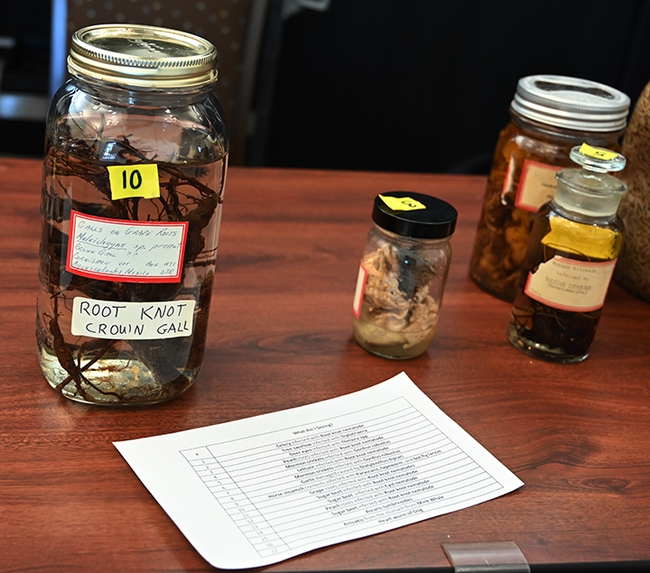
"Plant-parasitic nematodes are destructive pests causing losses of billions of dollars annually," Siddique says on his website. "Economic, health, and environmental considerations make natural host plant resistance a preferred strategy for nematode control, but there are limitations to this approach. In many cases, the resistance conferred by resistance genes is partial, and some of the nematodes are able to survive. Similarly, nematode resistance genes are often effective against only one or a few species, whereas plants are exposed to several pathogens in the field. Another concern is the emergence of pathotypes that can overcome resistance. In view of all these limitations, it is important to identify additional mechanisms and tools that can be used to develop novel and sustainable approaches to the management of nematodes."
Research in the Siddique lab focuses on basic as well as applied aspects of interaction between parasitic nematodes and their host plants, he says. "The long-term object of our research is not only to enhance our understanding of molecular aspects of plant–nematode interaction but also to use this knowledge to provide new resources for reducing the impact of nematodes on crop plants in California."
Nematologist Steve Nadler, professor and chair of the UC Davis Department of Entomology and Nematology, explains what a nematode is on this YouTube video that he presented at last year's UC Davis Biodiversity Museum Day. Due to COVID-19 precautions, the 2021 event was virtual, instead of in-person.
Visitors to the 2022 UC Davis Biodiversity Museum Day adhered to the Campus Ready guidelines, with masks required. Eleven museums or collections participated:
- Arboretum and Public Garden
- UC Davis Bee Haven
- Bohart Museum of Entomology
- Botanical Conservatory
- California Raptor Center
- Center for Plant Diversity
- Department of Anthropology Museum
- Museum of Wildlife and Fish Biology
- Nematode Collection
- Paleontology Collection
- Phaff Yeast Culture Collection
In addition, visitors could register for side trips to the Arboretum and Public Garden, Bee Haven and Phaff Yeast Culture Collection. The Botanical Conservatory opened its doors to visitors throughout the day.
Traditionally, the UC Davis Biodiversity Museum Day takes place the Saturday of Presidents' Weekend, and at the individual locations, noted organizer Tabatha Yang, education and outreach coordinator. This year it occurred at one site, exposition-style.
The campus is now gearing up for the 108th annual UC Davis Picnic Day, set April 23 and themed "Rediscovering Tomorrow." The free public event is the first, in-person Picnic Day in two years.
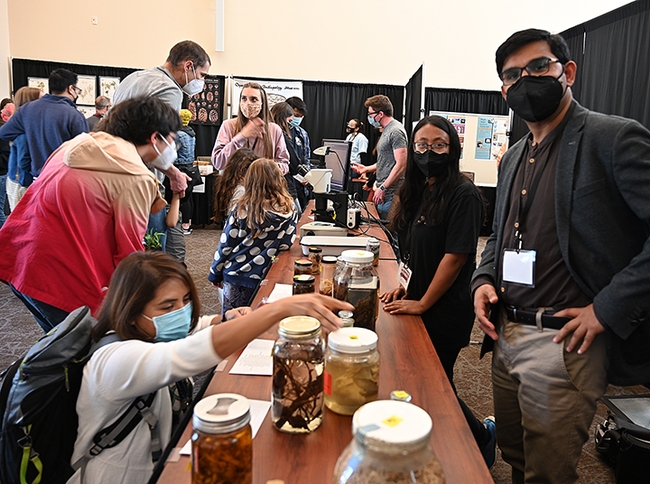
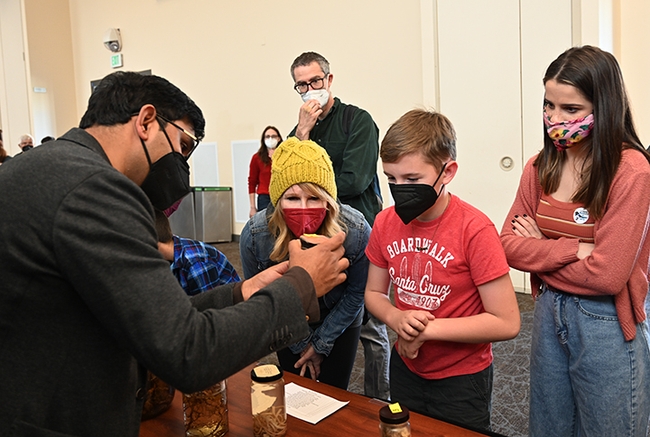
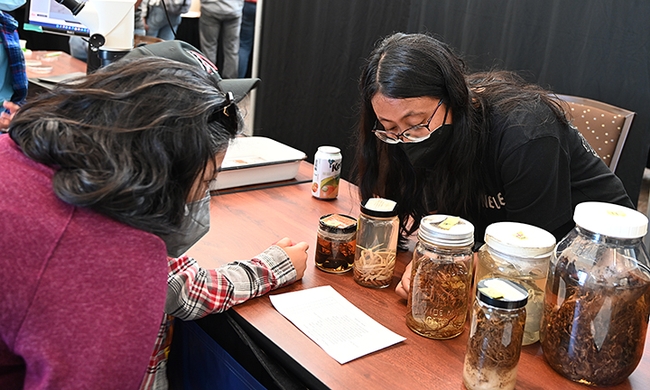
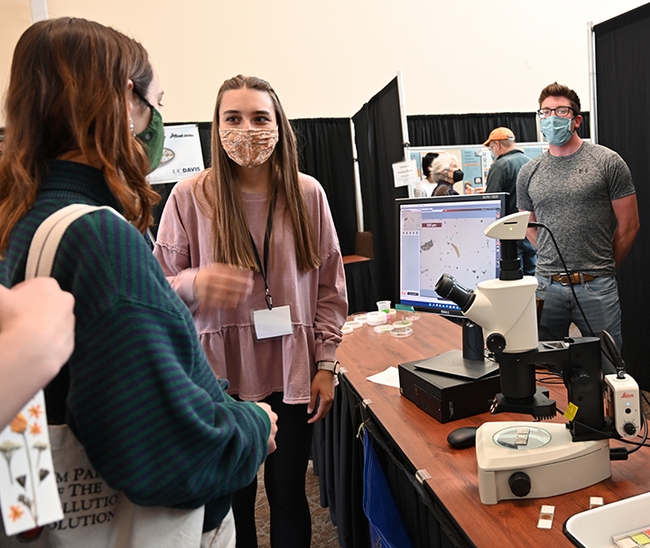
- Author: Kathy Keatley Garvey
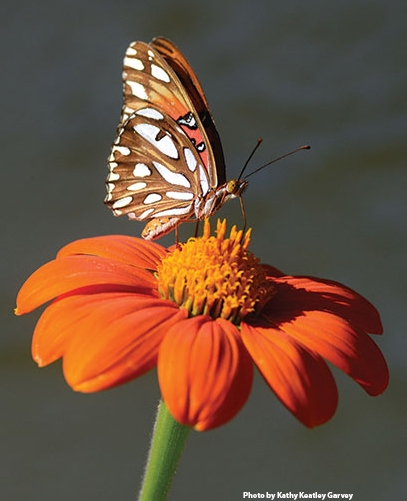
Chrobak, a freelance writer and editor based in Colorado, begins:
"For more than 40 years, Arthur Shapiro, a distinguished professor of evolution and ecology at UC Davis, has counted butterflies at the same 10 spots in California. His sites span an elevation range from sea level to tree line, starting at the Suisun Marsh and crossing the Central Valley, the Sierra foothills and ending on the Eastern Sierra slope."
"At each stop, he always walks the same route, jotting down every butterfly he finds. Those hikes have revealed a disturbing trend. At most of Shapiro's sites, the number of butterflies is going down. In a 2020 paper, he and other researchers reported that butterfly abundance has been dropping by 1.6 percent annually over the past four decades across 70 locations in the western U.S."
"Increasingly, researchers are finding that humanity's footprint can crush even the small organisms we tend to take for granted, including insects. And that can be a problem for us, because humans rely on these inconspicuous fauna in many ways, including to pollinate a large portion of our fruits and veggies and nuts. UC Davis scientists are monitoring these pollinators to find out what's behind their worrisome decline."
Chrobak goes on to write about such pollinators as honey bees, native bees, and hummingbirds. In addition to Shapiro, she quotes:
- Hymenoptera expert Lynn Kimsey, director of the Bohart Museum of Entomology and a UC Davis distinguished professor of entomology. She hosts the annual Robbin Thorp Memorial Bumble Bee Contest contest to determine who can find the first bumble bee of the year in Yolo, Solano and Sacramento counties.
- Honey bee expert Elina Lastro Niño, Extension apiculturist with the UC Davis Department of Entomology and Nematology; director of the California Master Beekeepers' Program; and faculty director of the UC Davis Bee Haven. Pests, pathogens, pesticides and poor nutrition all threaten honey bee colonies, she points out.
- Avian veterinarian and hummingbird expert Lisa Tell, a UC Davis professor of veterinary medicine and author of a newly published children's poetry book, "If Hummingbirds Could Hum," that relates how to attract hummers. Hummingbird feeders, she says, should be cleaned every day in hot summer weather to prevent sugar water from fermenting or growing harmful microbes.
Bottom line: our pollinators are in trouble. Some are going extinct; many are in decline; and some are disappearing at an alarming level. We all need to do our part to help save them.
Some resources to help:
- What to plant to attract bees and other pollinators: See the UC Davis Bee Haven website, directed by Niño and managed by Chris Casey. The Haven, located on Bee Biology Road, west of the central campus, is open year around, from dawn to dusk.
- What to plant to attract butterflies: See Art Shapiro's website, Art's Butterfly World
- Sign up for bee classes with the California Master Beekeepers' Program, launched and directed by Elina Lastro Niño
- See pollinators and other insects at the UC Davis Bohart Museum of Entomology, home of a global collection of 8 million insect specimens. (The Bohart, located in Room 1124 of the Academic Surge Building, is temporarily closed due to COVID-19 pandemic precautions)
In addition, the UC Davis Arboretum and Public Garden is a wealth of information, and periodically hosts plant sales at its nursery on Garrod Drive. Many UC Davis entomology faculty work with pollinators, including pollination ecologist Neal Williams; honey bee scientist Brian Johnson, focusing on animal behavior, evolution, theoretical biology, and genomics; community ecologists Louie Yang and Rachel Vannette; and urban landscape entomologist Emily Meineke. Diane Ullman, whose work encompasses insect/virus/plant interactions and management strategies for insect-transmitted plant pathogens, directs ceramic-mosaic art programs showcasing pollinators.
Photographs for the UC Davis Magazine article are by Kathy Keatley Garvey, communications specialist with the UC Davis Department of Entomology and Nematology, and an avid pollinator photographer, especially of bees and butterflies.
UC Davis Magazine has been covering the campus since 1983 and is published in March and September. The yearly subscription is $12.
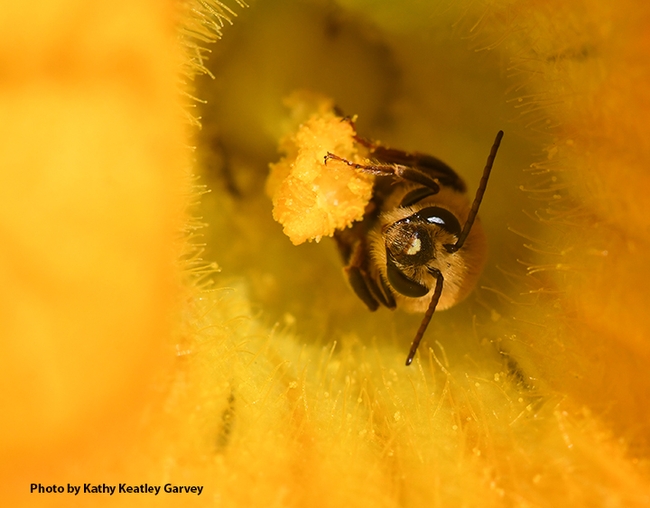
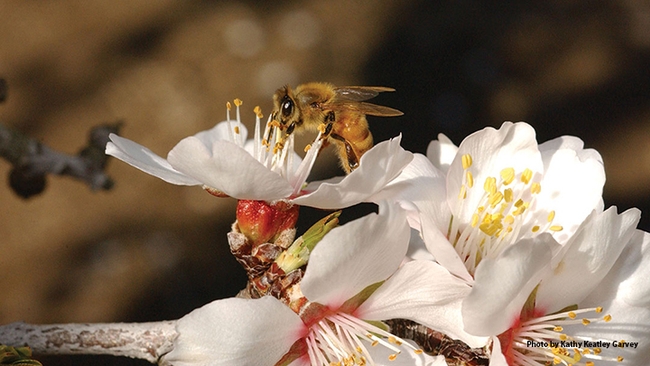
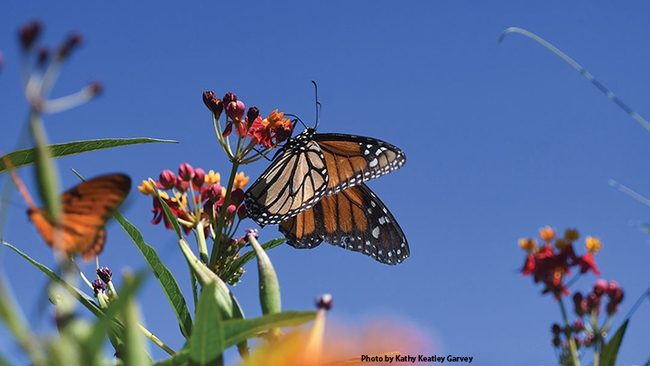
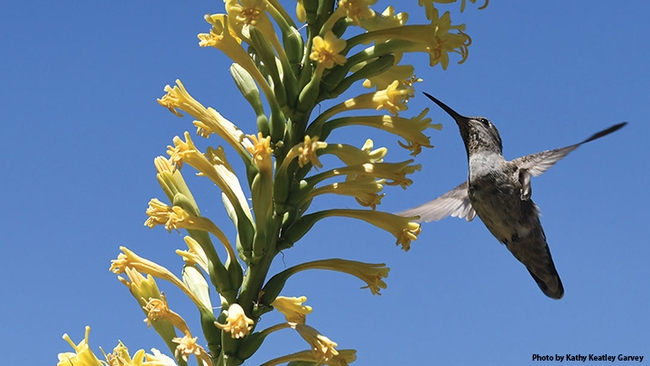
- Author: Kathy Keatley Garvey
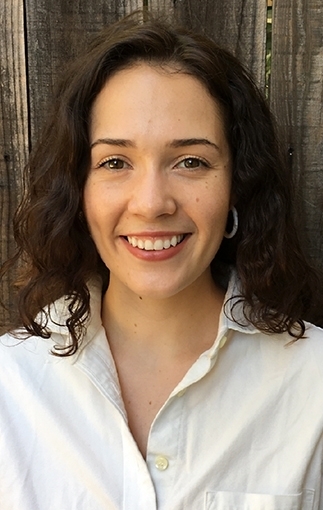
The award-winning trio:
- Medical entomologist-geneticist Geoffrey Attardo received the Medical, Urban, and Veterinary Entomology Award. (See news story)
- Doctoral student Erin Taylor Kelly of the Attardo lab won the Student Leadership Award (See news story)
- Undergraduate entomology student Gwen Erdosh of the Louie Yang lab and a member of the Research Scholars Program in Insect Biology, won the inaugural Dr. Stephen Garczynski Undergraduate Research Scholarship (See news story)
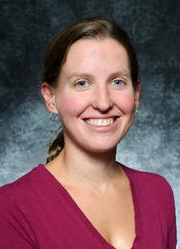
Rankin says her research "focuses on investigating species interactions and their effects on trophic dynamics and ecosystem services within the contexts of invasion biology, community ecology and evolutionary ecology." She received her bachelor's degree in biology in 2002 from Georgetown University, Washington, DC, and obtained her doctorate in biological sciences from UC San Diego in 2009. Then it was off to UC Davis for a year in the Yang lab before accepting a position as postdoctoral researcher with the University of Maryland's Department of Entomology. Rankin joined the UC Riverside faculty in 2013 as an assistant professor and advanced to associate professor in 2019.
In 2021 Rankin was named the recipient of two major awards: the Outstanding Faculty Mentor and the Academic Senate Distinguished Teaching Award. See her research and publications on her website.
Rankin's award was one of five awarded to UC Riverside entomologists:
- Mark Hoddle won the C. W. Woodworth Award
- Jessica Purcell, Distinction in Student Mentoring Award
- Dong-Hwan Choe, Distinguished Achievement in Extension Award
- Kerry Mauck, Plant-Insect Ecosystems Award
Results showed UC entomologists (from the two campuses) winning a total of eight awards, and USDA, four. (See the chart below) Congratulations, all!
Pacific Branch. The Pacific branch encompasses 11 Western states, parts of Canada and Mexico and several U.S. territories.
In the United States: Alaska, Arizona, California, Hawai, Idaho, Montana, Nevada, Oregon, Utah, Washington, Wyoming
U.S. Territories: American Samoa, the Federated States of Micronesia, Guam, Johnston Atoll, Commonwealth of the Northern Mariana Islands, Midway Islands, Wake Island
In Canada: Alberta, British Columbia, Northwest Territories, Saskatchewan, Yukon
In Mexico: Baja California, Baja California Sur, Sinaloa, Sonora
ESA, founded in 1889, is the world's largest organization serving the professional and scientific needs of entomologists and individuals in related disciplines. Its 7,000 members are affiliated with educational institutions, health agencies, private industry, and government. They are researchers, teachers, extension service personnel, administrators, marketing representatives, research technicians, consultants, students, pest management professionals, and hobbyists.
